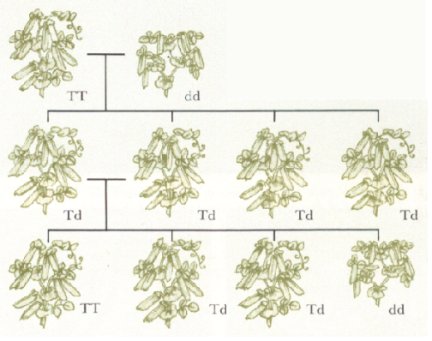
Home -
Foreword -
Georg Philipp -
Piano Business -
Lymington -
Trees -
Related Topics
Alphabetical Links

|
THE LAW OF INHERITANCE
by
GREGOR MENDEL - 1866
You may perhaps notice that the Klitz genealogical line includes several sets of twins. So I thought it appropriate to include this information for your interest.
To keep true to Mendel's Law there must have been the possibility of other sets of twins within our family tree, which could not be continued where no children were produced or not shown because we have no information.
Darwin’s theory of natural selection left unanswered the question of how characteristics were passed on from generation to generation and how variations of species therefore occurred.
The answer to this mystery was supplied by an Austrian Monk, Gregor Mendel when he discovered that inherited characteristics are passed from parent to offspring in a predictable way by means of what are now called genes.
Mendel established this by cross-fertilising a strain of tall garden pea with a dwarf variety and studying the ratio of tall to dwarf plants in the resulting hybrid plants.
Mendel’s findings were to lay the foundations of modern genetics.
When Mendel crossed a tall pea with a dwarf pea, all the first generation of plants were tall because the gene of tallness was dominant and the gene of shortness recessive.
Cross-breeding among this second generation produced, in the third generation, one short plant to every three tall plants. This happens because, out of the four different combinations of genes possible, only the pairing of the recessive ‘short’ genes from both parents produces a dwarf plant. In the other three the gene of tallness remains dominant.

back to top Mendel's Law